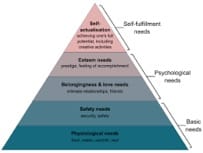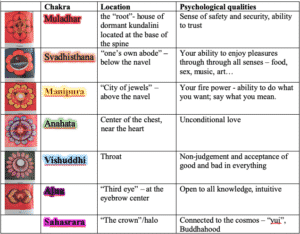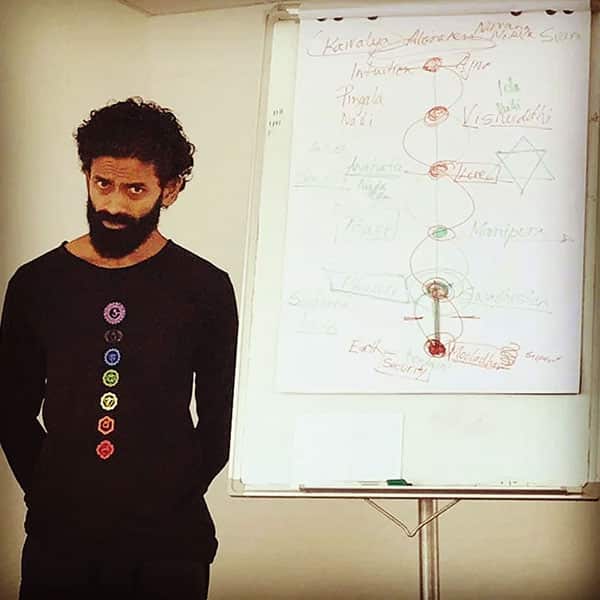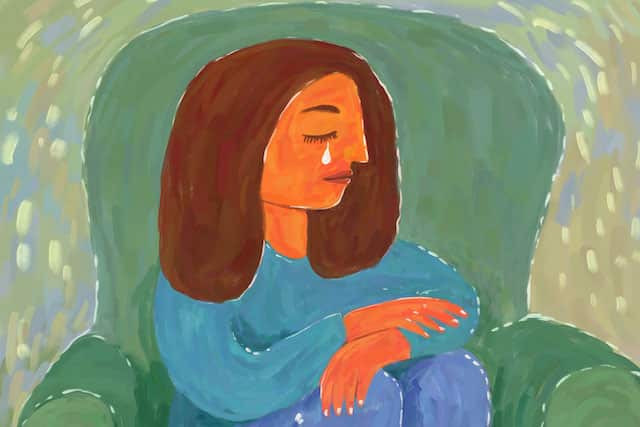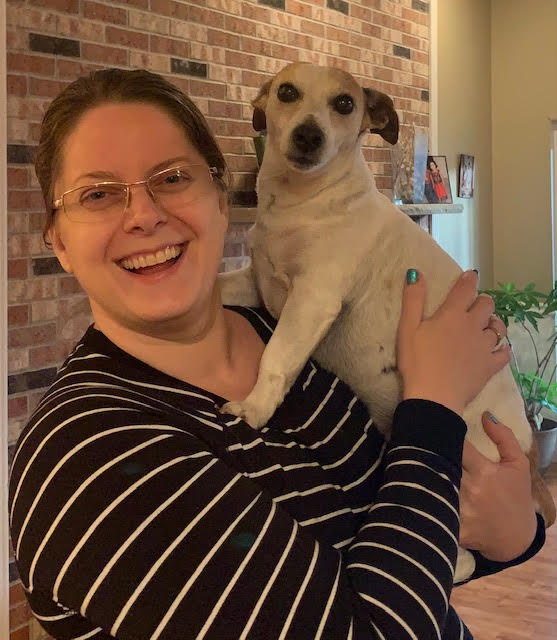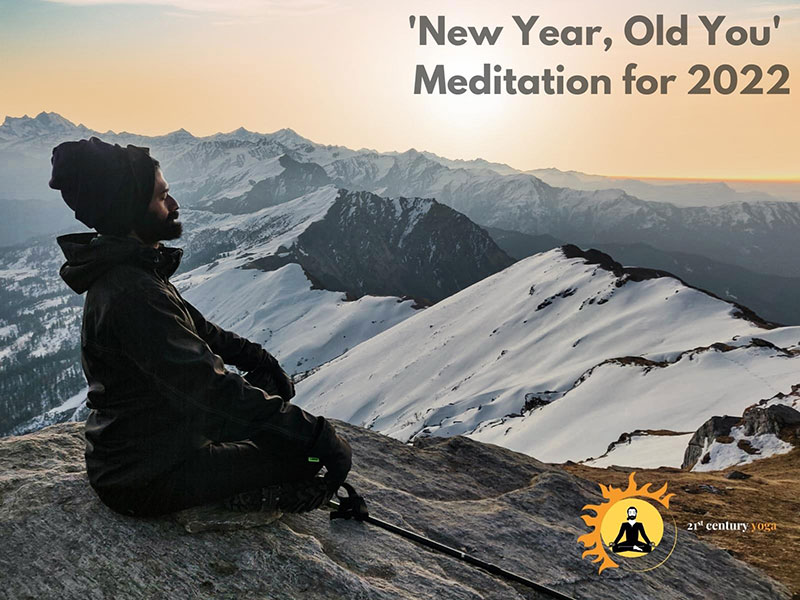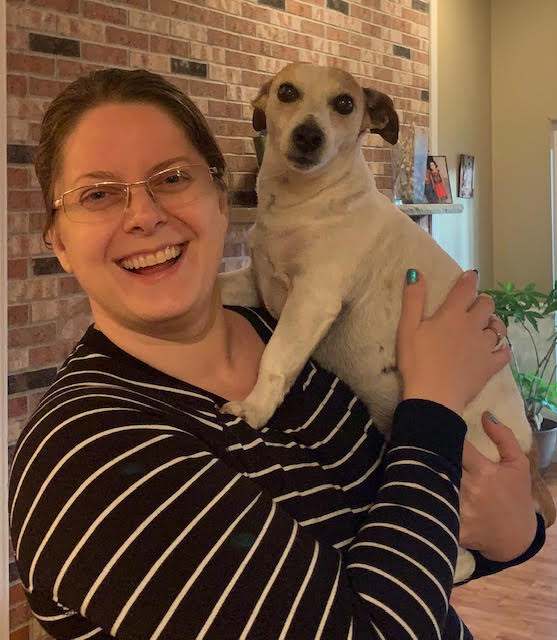With Valentine’s Day around the corner, one can say “love is in the air”. At least, the chocolate boxes and cut out heart shapes are on the grocery store shelves. The images of “love” are omnipresent as we get closer to Feb 14.
But for some people, Valentine’s day can be depressing as they are visually reminded of something/someone they “do not have”. Young children nag their parents to buy little trinkets as customary “Valentines” for their classmates and teenagers start chatting about who their “Valentine” may be as their hormones read red hearts as a green light on traffic signal to profess their “love”.
What is “love”?
This overused word causes so much confusion! I love my kids. I love my dog. I love papaya and an occasional Cosmo at a party, too. I love the sunshine and the beach! I love my yoga and my friends in the Abhyasa group. How can all these “50 shades of love” be represented by the same word? Is it a limitation of the English language to capture the description or a limitation of our minds to understand what real love actually is?!
In my behavior analytic education, we are trained to view all human beings do as a “behavior”: “The dead man’s rule” – if a dead man can do it, it not behavior. Everything else is. In radical behaviorist approach, overt and covert behaviors, such as thoughts and feelings (love), fall under the same principle of learning and change. People behave in certain ways that give them reinforcement. If something feels good, serves our purpose, we will do it again. So, when we say “I love XYZ”, we typically refer to something/someone that has been reinforcing to us, making us behave in ways that seek the same thing in the future.
The sun feels good on my skin, so I can say “I love the beach” and go there every chance I get. If your spouse makes you feel secure, your family is provided for, and you enjoy their company, you can say “I love my wife/husband” but it’s because of all the qualities they bring. This, however, isn’t actually Love – it’s operant conditioning. (Just want to be clear with the terms.) This type of love is based on what we get/receive from things and people – it is a byproduct of reinforcement. The question is whether those people can say the same about you. So, as it stands, we cannot truly say we love someone until they feel/receive that love from you.
Conclusion is that “Love” is not a feeling; it is action. When it’s a feeling- it’s evidence of someone else’s work. True Love, however, IS the work – giving your energy, your time, support and understanding to another. Love is pouring yourself out without an expectation of the same from someone else.
We can examine “Love” from another angle.
It has become a well-known fact that our universe, from the stars to Earth and its inhabitants, are all made up of energy. Human beings, too, radiate electromagnetic fields which can be measured through vibration or units of frequency (Hertz). 528Hz is the frequency of bioenergy, health, longevity, increased energy, peace of mind, and creativity. 528 Hz, also known as a musical note ‘Mi’ on the Solfaggio scale, comes from the Latin word Mira gestorum, or “miracle”. This tone has been associated with DNA repair, which seems pretty miraculous to me. Effects associated with 528 Hz have also earned it the name “Love frequency”.
If Love is an energy frequency, which emanates from us at 528Hz, what is the difference of its cause? What’s all the fuss about? Operant/conditioned/”conditional” or unconditional love…what is the difference?
The difference is that if we are able to maintain a constant vibration detached and independent of external factors or benefits we receive from others – we are creating the environment of “unconditional love”, a sense of “glass overflowing” love. The kind of rare love that makes miracles happen…
But there is an important catch. No one can pour from an empty cup. And it’s your job to fill it. Here, we come to the question of self-love. And Chakras.
During the yoga teacher training, Chakras was one of my favorite topics. It added so much color to the course, appealing to the artist in my soul. (Yes, “sunshine, lollipops, and rainbows everywhere” is totally my song!)
“Chakra” means “wheel”. These vortexes of energy from our Pranamaya (energy body/aura) are like the highway toll booths, Sushumna nadi being the highway, running along the spine from tailbone to the brain. Chakras are aligned in an ascending order and “open” as Kundalini energy goes up. Part of the work in yoga practice is to manipulate the flow of this subtle energy through them. Supposedly, the best way to open chakras are with your eyes closed.
The Nadis and Chakras are invisible to the human eye, so anatomy books won’t help you find them. Kirlean photography might be a good place to start, but there is more for science to investigate before conclusions can be made (till then, all this falls under the realm of parapsychology or pseudoscience in the modern world). At the most basic level, the Chakra system can be interpreted as Maslow’s hierarchy of human needs.
But there is a lot more than that.
According to the tantric traditions, there are 7 chakras:
If Anahata (the unstruck sound) is “Love”, where does self-love fit in? Self-love, self-care, taking the time out for yourself, ability to draw the boundaries and saying “NO” to things and people who are draining you of energy – that’s power. That is Manipura at work. It isn’t selfishness. It’s a prerequisite for selflessness. I think, the often-used romantic phrase of “you complete me” sets wrong expectations about love. True Love can only happen when you are already “complete”, where you can maintain your own frequency without external reinforcers. That is your own work. Whatever you and your romantic partner bring to the equation is a bonus (if you choose to have a romantic partner in the first place).
I don’t believe there is a recipe for “unblocking” or balancing the chakras – there is no one that can do it for you. We all have to figure it out for ourselves. I do believe that knowing the chakra system can serve as a sort of self-assessment of one’s development in life – “where am I?” If Chakra system can be imagined as a ladder, then we can figure out which rung we’re standing on and what is the view we have of the world from there. Conceivably then, the higher in the chakras, the better and clearer the view?! The higher up in chakras, the less chances of confusing forest for the trees. It has to be so beautiful up there! I can imagine that.
This Valentine’s day, I am celebrating my divorce (it’s in the process, but there is a light at the end of the tunnel). I am happy with where I am in life. I love my kids. I love my dog. I love the sunshine and the beach! I love Abhyasa and my friends. I also love my crazy self (although I am still a work in progress).
This Valentine’s day, my sincere hope is that every person gets to discover their own Shakti, to feel the power of self-love. I hope that everyone can find the real love we all seek – inside ourselves, and having done so, we may move up (in chakras and in life) to where we may give love without any expectation and vibrate at a minimum of 528 Hz!
Happy Valentine’s Day!
With love,
Svetlana

